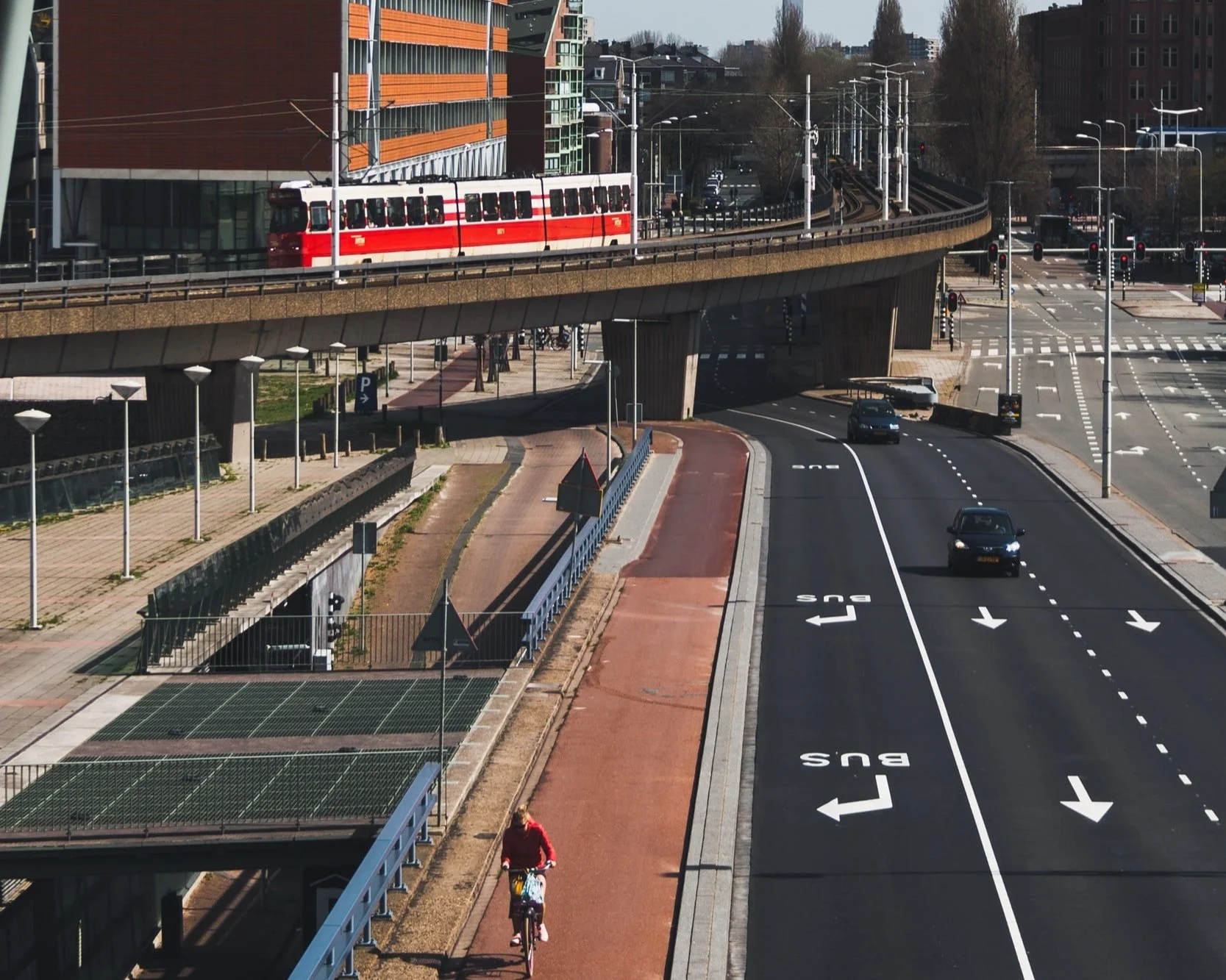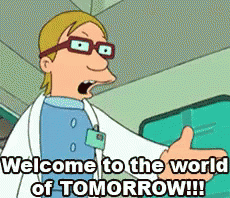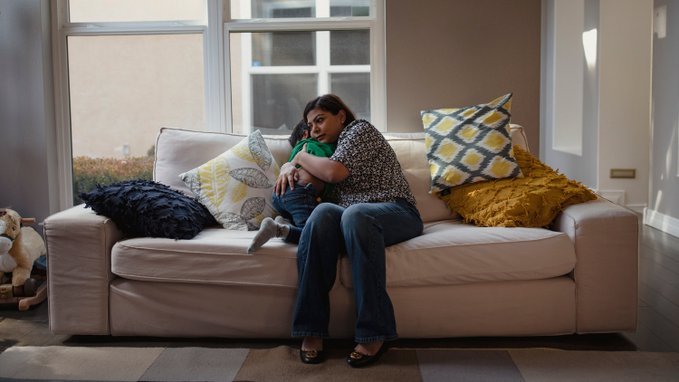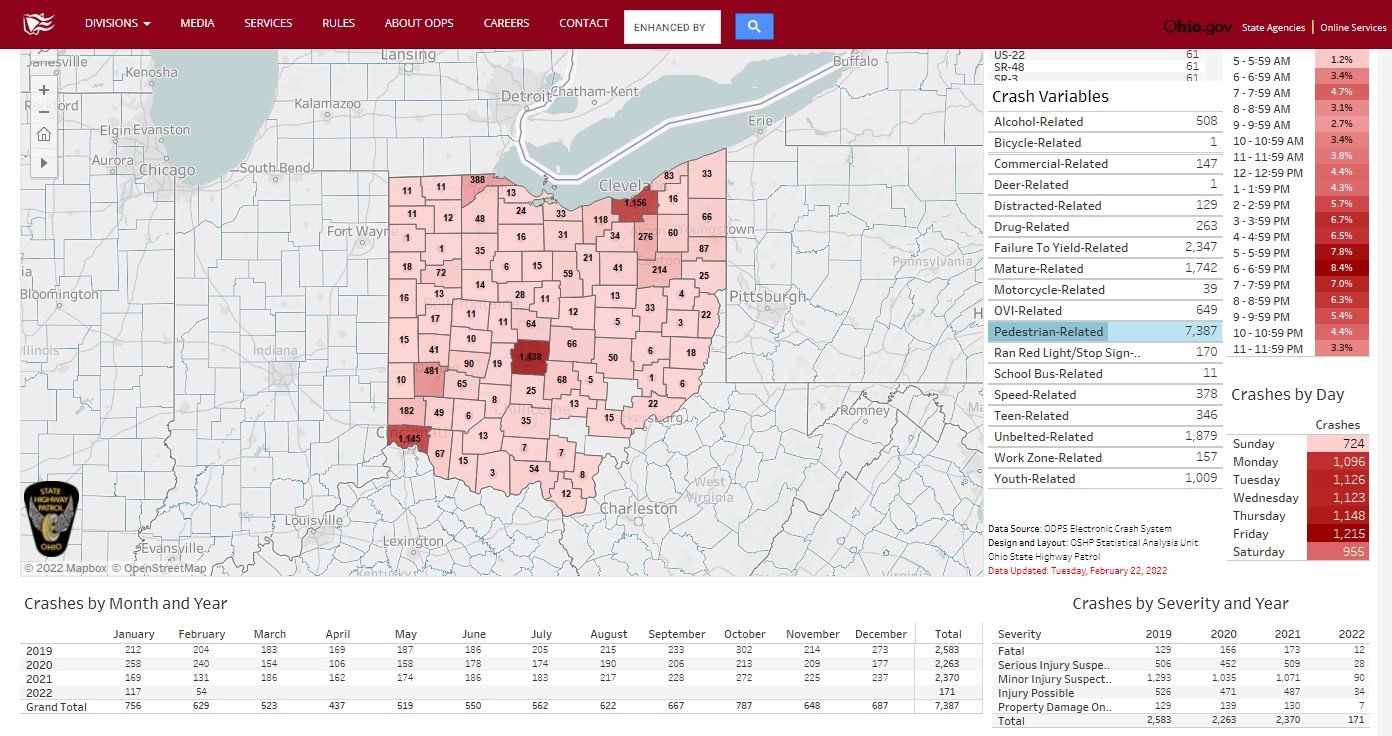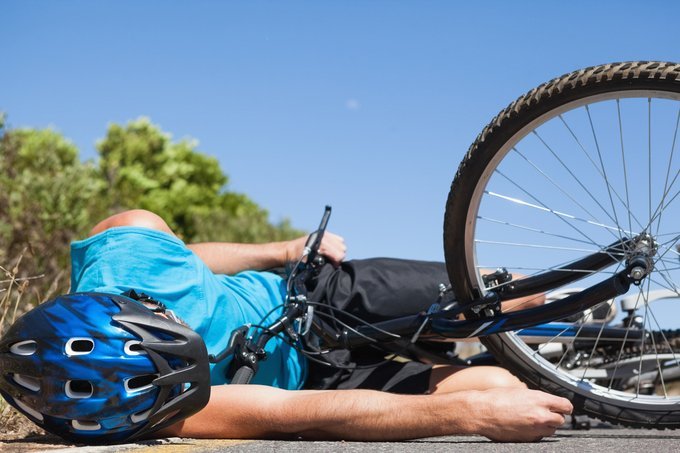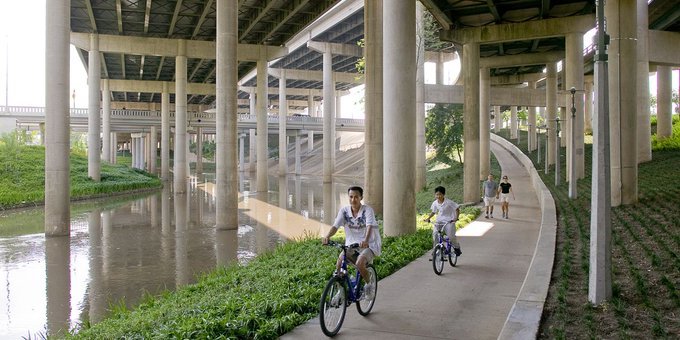This week, our #GOPCThread is kicking-off a new initiative which highlights innovative designs locally, nationally, and internationally, which promote active transportation and roadway safety for all mode users. This initiative will be across GOPC’s social media platforms.
Not on Twitter? The thread is available online, as well as below.
Greater Ohio Policy Center Read on Twitter
GOPC is a strong advocate for active transportation & investment in infrastructure to ensure safe travel for all mode users. This week, our #GOPCThread will kick-off a new initiative where we will share good infrastructure ideas we find locally, nationally & internationally
We are doing this as a way to promote the type of investments we think #Ohio and its communities should be making now in order to prepare for the future #GOPCThread
Pedestrian deaths spiked in the US during the height of the pandemic. While a lot of factors likely contributed to these higher rates, one thing is certain: promoting safe accommodation of all users should be key for future infrastructure planning
Ohio saw a similar spike in such incidents in 2020. While serious injuries were down from the previous year, fatalities increased sharply. Initial data suggests both serious injuries and fatalities increased further in 2021.
One common way of protecting pedestrians includes separating them from the roadway. In Japan, a bridge allows safe access across an intersection (this example of vehicle/pedestrian separation is very extreme!)
In Ohio, far too many towns, villages (and even big cities) lack enough sidewalks to ensure children, seniors, and other vulnerable populations can safety travel
Deaths & injuries are also on the rise for cyclists. An estimated 675 cyclists were killed in accidents in the US in '20. While this is down from the previous year, it should also be noted that traffic was down considerably (as much as 41%) that same year
Ohio saw the same trend in 2020...fatalities were down, however injuries were up significantly from the previous year while traffic volume was down. Initial 2021 data suggests both saw increases (traffic count data not available for 2021)
Percentage Change in Traffic Volume by Classification: 2013-2020 | Ohio Department of Transportation
Copenhagen, along with scores of other cities around the world, have invested significantly in protected lanes for cyclists & other infrastructure which helps to keep them separated from motor vehicles & pedestrians, reducing the risk of collisions.
The Copenhagen example is a bit “elevated”, but lanes that are separated & secure, as opposed to "sharrows" where bikes & motor vehicles share the same lane have been shown to significantly ⬇️fatalities & injuries + have shown economic benefits as well.
Protected & separated lanes also help to prevent cars from driving on, parking, or otherwise obstructing the pathways that are simply marked on the roads
Other improvements that can be made can often times appear to be simply esthetic, but can also help to improve livability & safety in neighborhoods.
Many communities, especially in metropolitan areas, are divided by roadway overpasses which have separated communities & created unsafe spaces. Opening these spaces up creates vibrant new spaces that can help reconnect neighborhoods
Many cities are looking at ways to reconnect divided communities with highway caps. Columbus created one in the early 2000s in the Short North creating restaurant space & uniting the neighborhood with downtown
Ohio Highway Cap at Forefront of Urban Design Trend | Chicago Tribune (image from Google Maps)
Such "caps" don't necessarily need to be as complicated. Columbus has also worked to reconnect downtown with the historic King-Lincoln District with "Culture Wall" creating park space over I-71
This is just some of what we will be sharing over the months ahead across our social media channels. Check back here for more examples of great infrastructure work, & if you aren't already, be sure to follow us on Instagram where we will share more images

